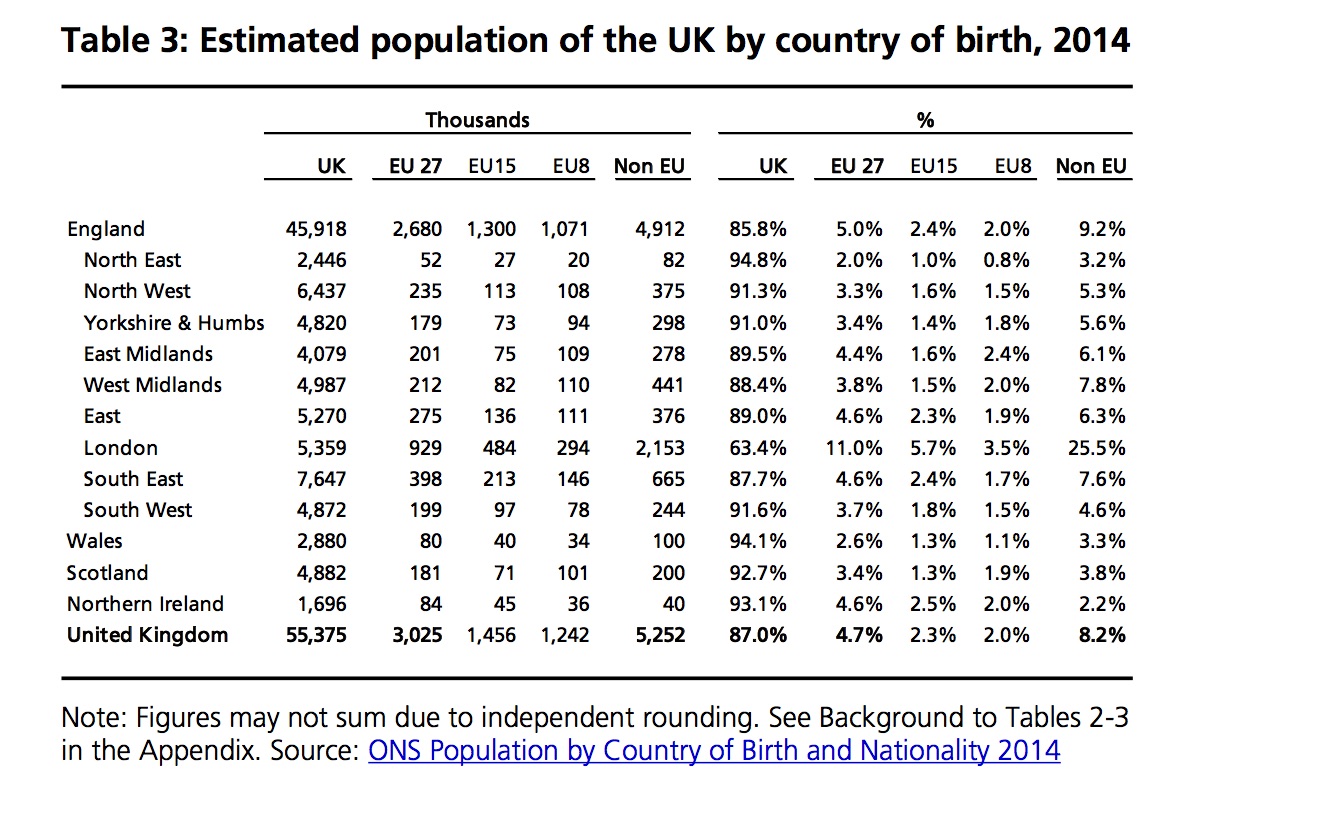Back-to-School sees new pupil data expansion
National Pupil Database pupil privacy / September 5, 2016
School staff in England will start to collect more pupil data this week as children go Back-to-School. Country of birth will be collected for the first time, and be extracted at national level together with nationality for the first time, as well as all the other usual named personal confidential data in the spring census, from on-roll school census day January 19, 2017.
This data expansion affects 8 million school children age 2-19, and all schools in England, adding to the possible 400 variables stored in the National Pupil Database for every child, at individual and identifiable level, for indefinite storage and for third-party use, including giving confidential and sensitive data to commercial businesses and charities.
There has been no Parliamentary discussion and no public consultation for this expansion of pupil data collection, no Privacy Impact Assessment, or published Business Case of cost to schools and systems versus benefit.
Our request to the Department for Education (DfE) for the publication of minutes from discussion by the DfE Star Chamber Scrutiny Board about proceeding with this expansion has been declined.
Its expected benefit and how EAL data use will differ from what is already done today,“the precise detail of the formula” are still to be set out. Fairer Funding plans in which schools in London expected to receive less money, have since been pushed back to at least 2018-19.
The new data on pupils are to be extracted through the school census and early years censuses and there are growing concerns about a significant invasion of privacy and potential discrimination especially in the current political and media climate.
Many school staff and parents have concerns that it is neither necessary or proportionate to collect from 8 million children, for vague purposes.
What numbers do we have already?
The Office of National Statistics data

Concerns
Staff and parents fear that discrimination may develop in-practice as some schools are asking for documents for some groups of pupils to ensure this matches DfE user guidelines to check “which country issued the pupil’s passport” even if seeing the passport is not required according to the DfE.
Questions we have received from staff include: “Are we being asked to act as border police?”
Given the previous 2013 plans to restrict children from immigrant families receiving school access on arrival, and in 2015 Nicky Morgan introduced the concept of ‘education tourism’, there are concerns from staff and parents that vetoed 2013 plans will be reintroduced, or data used in immigration enforcement.
Why the Home Office has already had access to data in the National Pupil Database without any public transparency since 2012, remains to be clarified.
Further background:
Frequently-asked-Questions on the National Pupil Database
More information is available in the DfE’s recent guide to the school census.